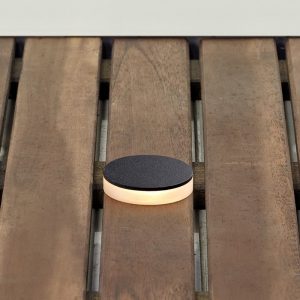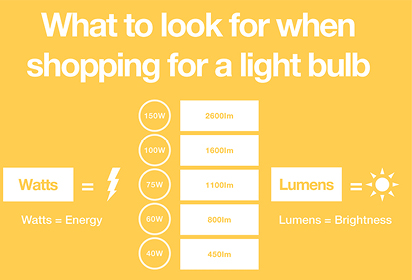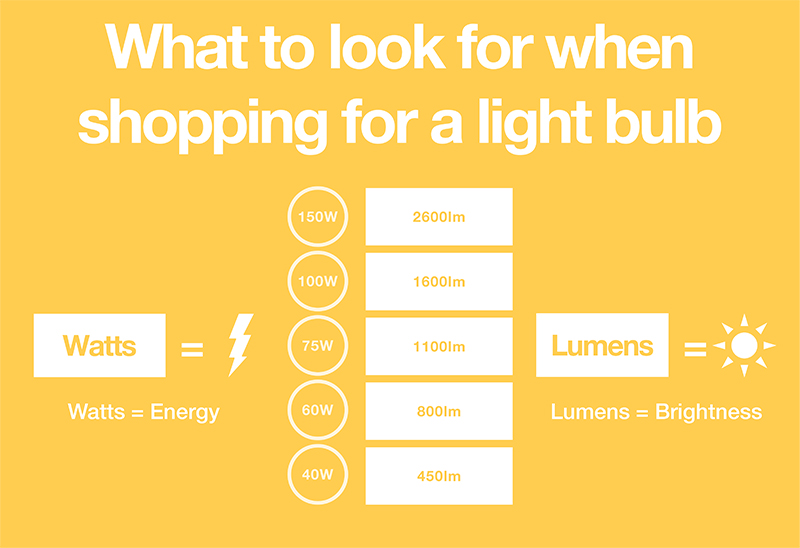When choosing between full spectrum and daylight bulbs, it’s important to understand the two key metrics used to measure light. The first is colour temperature, a method of describing the colour characteristics of light, and is measured in Kelvins (K). The yellow-orange glow of a traditional tungsten bulb measures around 2700K (a warm, soft white), and the light becomes colder and whiter the higher the Kelvin score, with 6500K being a cool, blue light.
The second important measurement of which to be aware is the Colour Rendering Index (CRI). A light source’s CRI measures its ability to produce colours and is expressed as a percentage: the higher the percentage, the better the colour rendering, with the best possible CRI reading being around 96%.
Daylight Bulbs
Just as their name implies, daylight bulbs provide a similar level of light to that of natural daylight. From a technical point of view, daylight bulbs generally provide between 6000-6500K and a CRI of about 80%. It has been proven by various studies that daylight helps to improve the morale and productivity of a workforce, so daylight bulbs can be used to create a healthy lighting solution that is also very cost effective.

Full Spectrum Bulbs
Full spectrum bulbs have the ability to produce the full range of the colour spectrum, carrying both visible and invisible colour wavelengths of light. Because of this, full spectrum bulbs offer the closest alternative to natural daylight, resulting in similar health and wellbeing benefits to those gained through exposure to natural light. For example, full spectrum bulbs are great if you’re seeking a lighting solution specifically to combat illnesses such as SAD (Seasonal Affective Disorder) or if you need perfect colour rendition because you are a designer or architect. Full spectrum lights offer a colour temperature of 6500K and a CRI of 96%, and so, in comparison to daylight bulbs, full spectrum bulbs can provide a brighter, whiter light with better colour rendering.

Differences between full spectrum bulbs and daylight bulbs
When selecting the type of lighting that is the most appropriate for your needs, it is vital to be aware of the differences between full spectrum and daylight bulbs. If you are looking to give the appearance of daylight, for example by brightening a reception area or creating an airy-feeling office, then standard daylight bulbs are ideal, particularly if your budget is tight. Daylight bulbs offer a colour temperature of 6000-6500K, and a CRI of about 80%, and are available in a wide range of styles, from energy efficient LED tubes and panels, through to low energy spiral daylight bulbs and classic incandescent GLS daylight bulbs.
However, if you need to get either the perfect colour rendition for visual tasks such as designing, or light a windowless room – or if SAD is an issue – then full spectrum bulbs are your best option. Although daylight bulbs provide similar lighting levels to natural daylight, full spectrum bulbs bring further health and wellbeing benefits.
We supply a full range of both daylight bulbs and full spectrum bulbs to cover all of you lighting needs. Drop us a line today if you require any further advice.

Charles Barnett Managing Director
Charles started Lyco in 1995 with just 4 enthusiastic employees and has grown it considerably over the past 25 years. Charles is also the Managing Director of Lighting Direct and newly acquired Online Lighting. He now has a team of 50 lighting experts working on growing Lyco Group to be the UK leader in lighting for both businesses and homes. Away from the office he is a keen cyclist and is proud to have cycled 1017 miles from Lands End to John O’Groats to raise money for a new residential centre for adults with multiple learning difficulties.





















